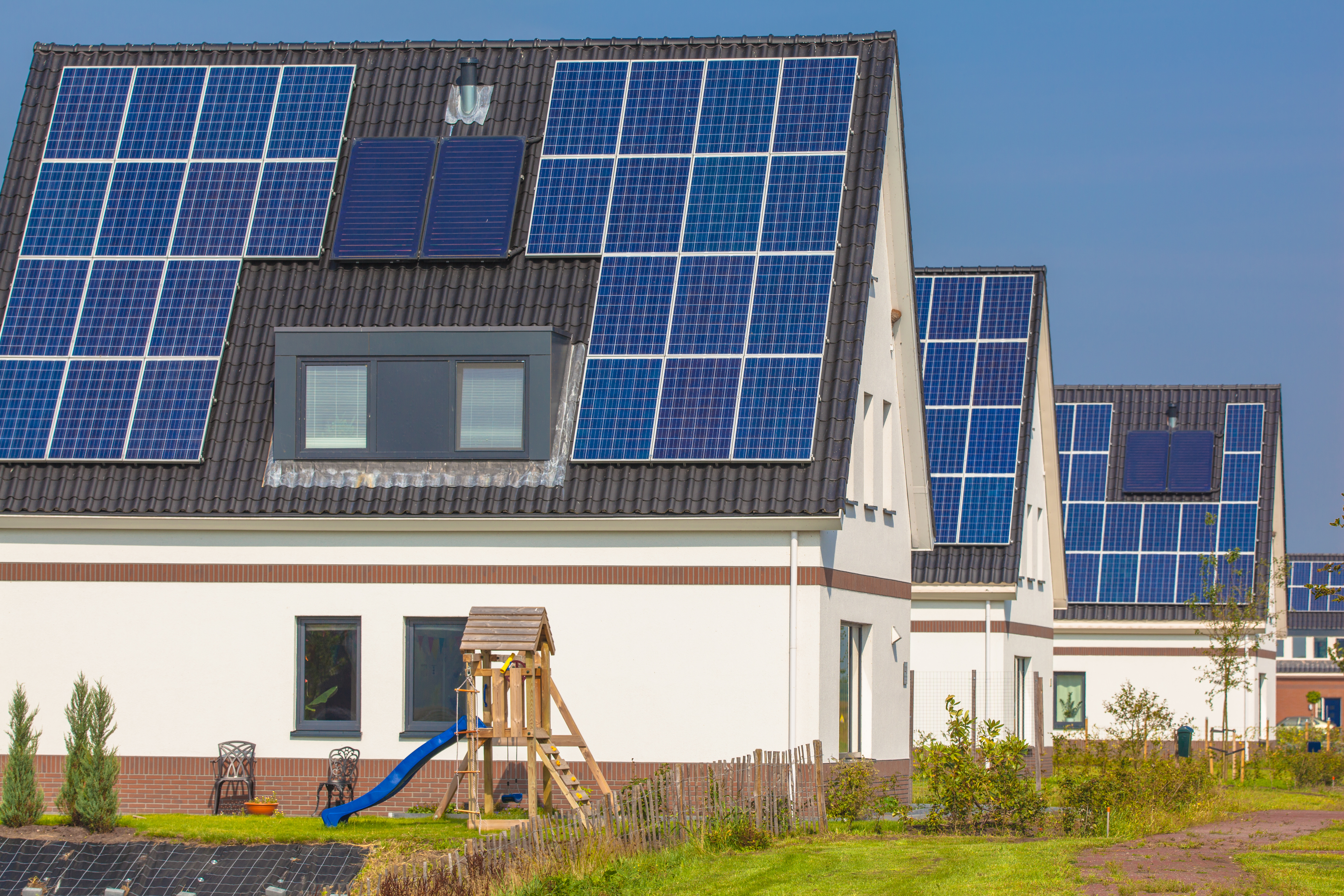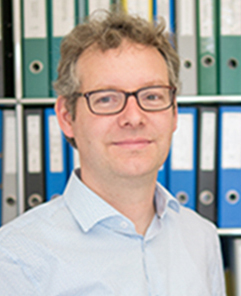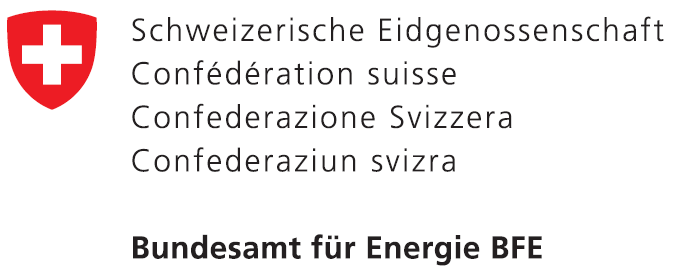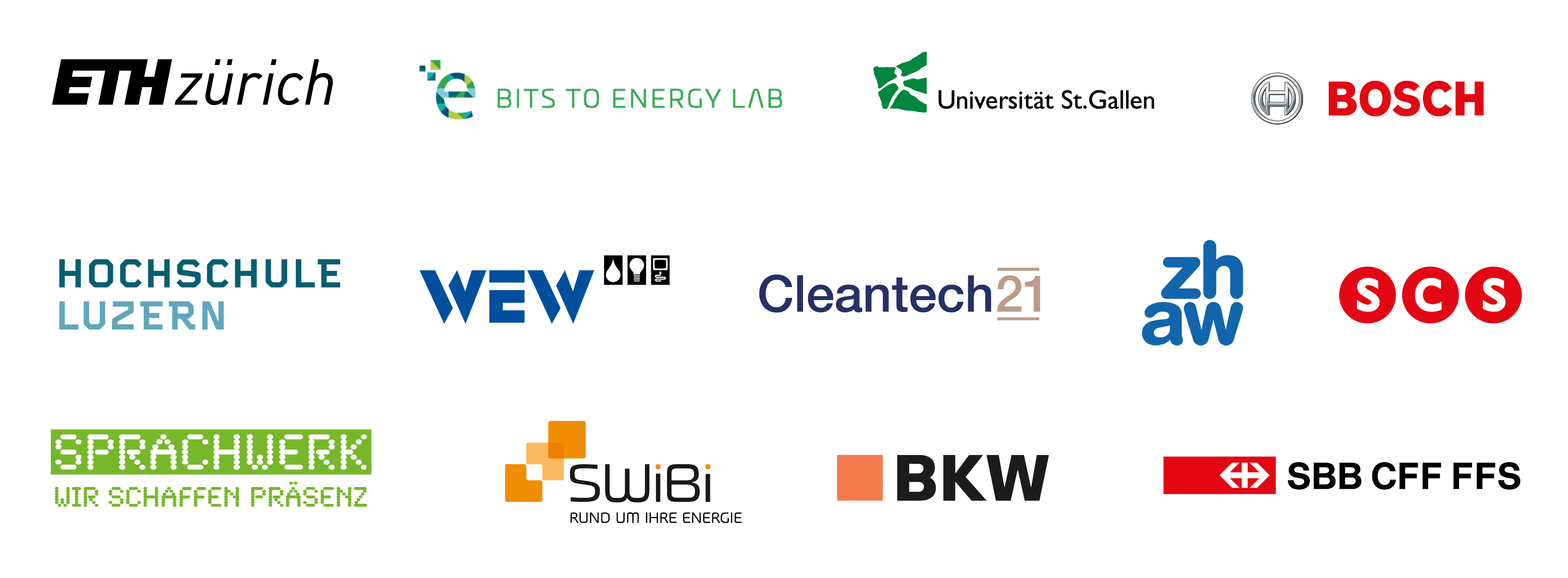
Sustainable business models
Two key challenges for the success of bottom-up energy systems are the technical feasibility of the implemented solution, and the design of a viable business model. A viable business model must accommodate the highly regulated nature of the electricity and utility industry. In addition, the blockchain platform that is planned is decentralized in nature and does not belong to a single party that can monetize it, which further complexifies the design of a viable business model. The project team is analyzing possible revenue streams for Quartierstrom-like platforms, shaping the value proposition and identifying possible customer groups.
Adapting the framework conditions
When electricity is sold locally, the roles within the energy industry change. The energy supplier currently provides the local distribution network and the costs for transporting electricity are included in the tariff. In local electricity markets, the members of the community together determine the price for locally traded solar energy and use the utility as a type of insurance when locally generated resources are scarce. New legal frameworks for a self-consumption group or a union of self-consumption groups (“Zusammenschluss des Eigenverbrauchs , ZEV”), which is now allowed between adjacent parcels using private grid lines between them (public grids cannot be used for ZEVs under the current legislation) are first models that allow a limited form of local peer-to-peer markets.
Even if the adjusted legislation (Swiss StromVG as of 1.1.2018) allows first forms of exchange of energy between neighbors, it does not support the model of a bottom-up tariff as planned in Walenstadt. The project team is therefore analyzing under what legal conditions local electricity markets can be implemented and operated in the future.
Responsible party:
Cleantech 21
 |
Gian Carle, ZHAW |
“Decentralized and renewable electricity production will completely transform the electricity market. The electricity of tomorrow will be renewable, it will be delivered directly into my building from my neighbor’s roof, within the context of ‘my electricity – your electricity’. This is more efficient, cheaper and safer. I can decide for myself who knows what I’m currently consuming. All this is made possible by Blockchain 2.0.”

The Quartierstrom project (2018-2020) was supported by the pilot, demonstration and lighthouse program of the Swiss Federal Office of Energy (SFOE).
